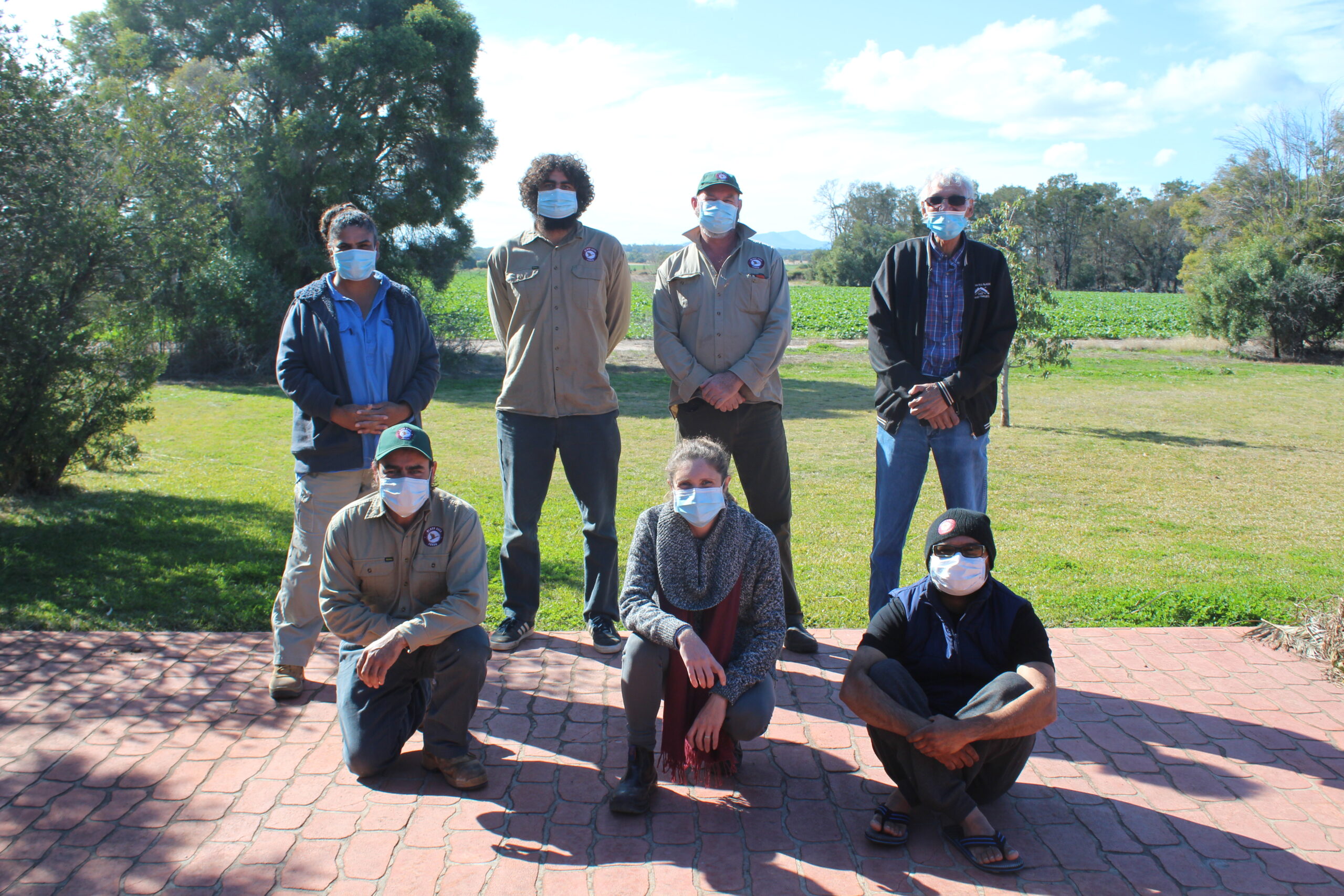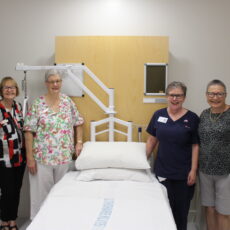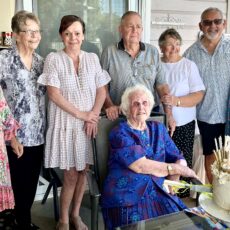Agriculture experts from the University of Sydney’s Plant Breeding Institute have teamed up with social enterprise, Black Duck Foods, for this year’s NAIDOC Week to deliver a knowledge sharing event on local grains and traditional bush tucker.
At their Narrabri research base, the University hosted a collaborative event that highlighted the area’s native vegetation on Wednesday, June 30.
Local indigenous leader Les Knox joined the institute’s Kerrie Saunders and Dr Angela Pattison, along with Black Duck Foods’ Nathan Lygon, Wayne Tupper, Chris Harris and Terry Hayes on the day for a range of informative seminars.
“We’re grateful to be working with the local indigenous community because we understand the importance of their involvement in these projects,” Mr Lygon said.
The attendees’ varying backgrounds and understandings made for interesting conversations on native vegetation, indigenous plant collection methods, protecting the land and the relearning of traditional food systems.
“We have scientists who have PhDs in plant breeding, landowners with an understanding of the local vegetation and people with an interest in strengthening their relationships with indigenous people, all working together to strengthen their understandings,” Mr Lygon said.
The day followed a collaborative approach, encouraging everyone to share their stories and knowledge.
“Our scientists never want to claim we know everything, so the event has been more of a shared discussion than a lecture,” Dr Pattison explained.
“We had planned for about 40 people to visit the institute for the occasion, but have instead had to livestream via Zoom and make sure we’re masked up due to COVID restrictions.”
But the Black Duck Foods team say they’re keen to do many more events like this, especially post-pandemic when more guests are allowed to attend.
They’ve participated in similar ventures in areas like Yumbarra, but Black Duck Foods say their team is excited about this new collaboration with Narrabri.
“We’ve been working with Angela and the University of Sydney for about six months now and we’ve developed a great relationship,” Mr Tupper said.
“And while this is only our first knowledge sharing event here, we hope to continue doing a lot more of them in the future and we can see these discussions getting bigger and better each time,” Mr Lygon added.
The group prepared and cooked a range of foods with native plants, sharing it together for lunch.
The meal consisted of fruit and white bread, both of which included Mitchell grass, brown bread made from arm grass, a salad of native vegetation and meat patties made of kangaroo and pork.
Dr Pattison said these shared cooking experiences demonstrate just a few of the range of bush tucker options available in regional Australia.
“We can make pastas, biscuits, noodles and much more from the native plants growing right here in the Narrabri shire,” she said.
“People in the big cities pay a lot of money for this, and we drive past it everyday without realising how truly valuable this land is.”
Dr Pattison also stressed how simple it can be to create your own bush tucker, provided you have the right know-how.
“I’m not much of a cook myself, but I just created the dough using some of those native ingredients and put it in the bread maker – it really is quite easy once you learn how,” she said.
“And that’s why it’s important to have these knowledge sharing events, so more people can find out about the traditional cooking methods and engage in our nation’s rich culture.
“If we can join the dots between ancient and modern stories, we can revive the local understanding on indigenous heritage which can even lead to more jobs in the native grains industry.”
As the leader of a research program into how native grains could be incorporated into modern food supply chains, Dr Pattison says there’s a real niche that Narrabri should be investing in.
“By focusing on active reconciliation and creating a strategy for environmental restoration in the region through native grain harvesting, we can turn ideas into action,” she said.
“We have met many people from various parts of the supply chain who are keen to see native grains go from paddock-to-plate.”
“We hope this event can show how scientific research and practical training can support the growth of this culturally significant industry.”
See more like this:
- Plant Breeding Institute’s key role in industry, community
- NAIDOC Week celebrations get underway in Narrabri
- New artwork unveiled, to be displayed across shire | PHOTOS





